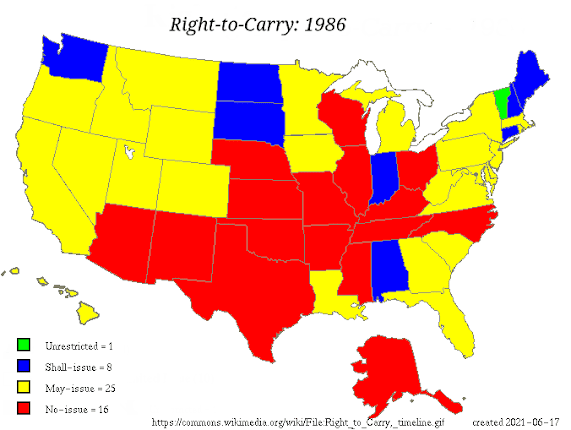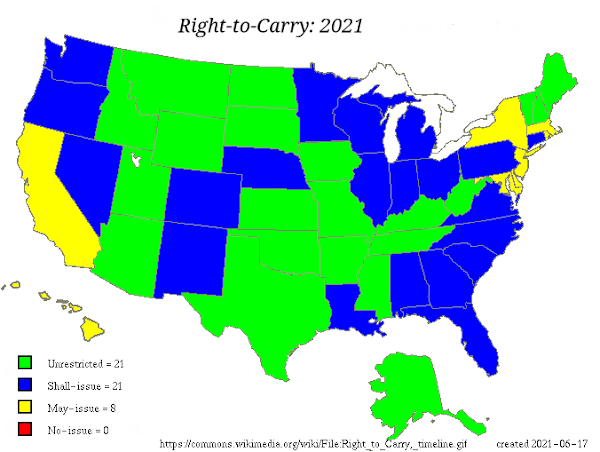
My favorite gun is my first one, a 20-ga. Remington Model 870 Wingmaster. Purchased by my dad at a local gun store when I was around 9 years of age, the cherished Remington was never meant to be. Without my knowledge, dad had first ordered a .410-bore double-barrel shotgun that he had intended to be my first gun, but when it arrived, he fired it and liked it so much that he kept it for himself.
Memories of purchasing the Wingmaster with my dad remain as vivid in my mind today as they were nearly 50 years ago when it first happened. The gun shop, now long closed, was an independently owned store, and the owner was dad’s friend. Dad handed me the lightly used—but beautiful—shotgun (which the serial number indicates was manufactured by Remington in 1968), and asked, “Do you like it?” Needless to say, I loved it; the gun looked almost brand new then, and still does to this day. The store owner gave me a box of shells to shoot in my new gun, and I can still see him handing me the box—seemingly as proud as my dad and me were.
My father always made sure I knew proper gun safety, maintenance and care. The 870 rested on my shoulder for many squirrel hunts, and with the extra, full-choke barrel, I even carried it duck hunting. I lost possession of it a few years ago when I needed money and had to sell it, but it did not stay gone for long. Every day it was absent from my ownership I regretted selling it, so when I had more money, the buyer agreed to sell it back. I wasn’t sure he would, but I believe the story about it being my first and favorite gun may have changed his mind.
Dad’s decision to keep the .410 for himself ended up being my gain. I’ve shot that double-barrel many times over the years, but, as good as it was, it wasn’t the same as my Wingmaster.
Robert Barlow, Jr., Tennessee
Category: All About Guns

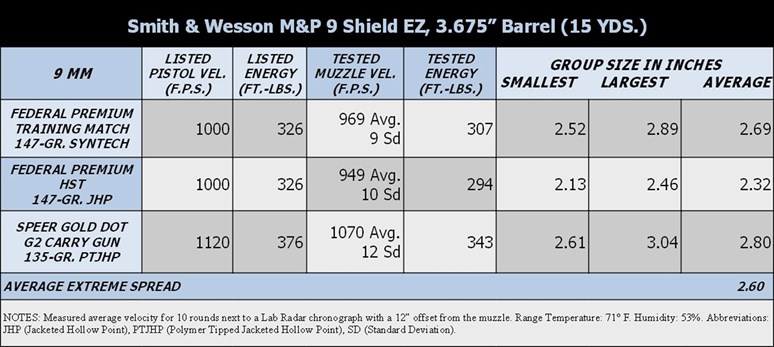
The first time I saw a table like this in a magazine (it was a few years before the Internet was a thing) I couldn’t see the forest for the trees! There’s a whole lot of jargon, numbers, abbreviations and behind-the-scenes-science packed into these things. At that time, it wasn’t clear how the sections of the tables fit together or how the information was even useful to me in trying to decide which gun to buy.
Luckily for me, I had a good friend who knew his way around these tables sit down and walk me through how to use them. It was just enough information to understand the tables without a deep dive into the chemistry, physics and mathematics behind them. This article is intended to do for you what my friend did for me all those years ago.
To aid the novice enthusiast with this walk through, I’ll be making some simplifications and generalizations, with a focus on defensive handguns. For those of you who have more experience, or PhDs in related scientific fields, please remember that the goal here is to turn the key in the ignition. We’ll save calculating the torque force required to rotate the key (τ = N m) for next semester.
The Purpose of Performance Tables
How we go about measuring performance depends on what’s being measured. Generally speaking, there are two main types of performance we’re striving to measure when testing a handgun: bullet energy and handgun accuracy. But it takes several different sources of information to get these metrics, including the type of ammunition for which the gun is chambered, barrel length, bullet weight, and data collected from tests conducted at the shooting range. Keep in mind, there is no fixed, worldwide standard for measuring handgun performance. Americans use different metrics than Europeans, and American publications use different test standards depending on who is publishing the gun review. I’ll point out what standards were used to produce the M&P9 Shield EZ pistol performance table as we go along. Now let’s take a closer look at each section of the performance table.
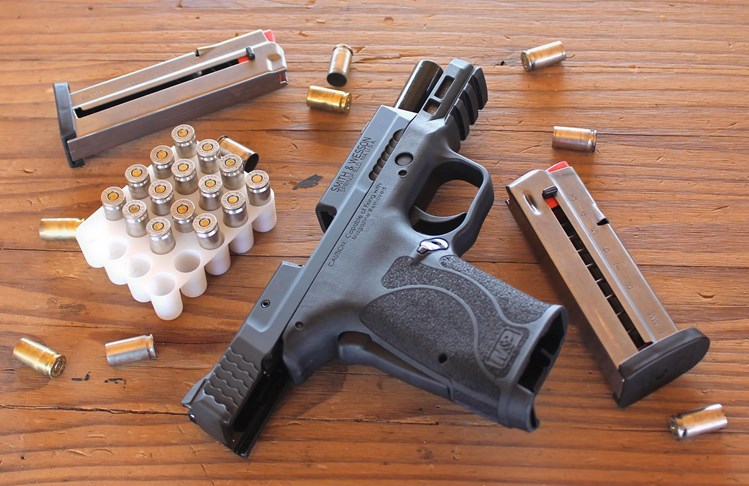
Title Bar
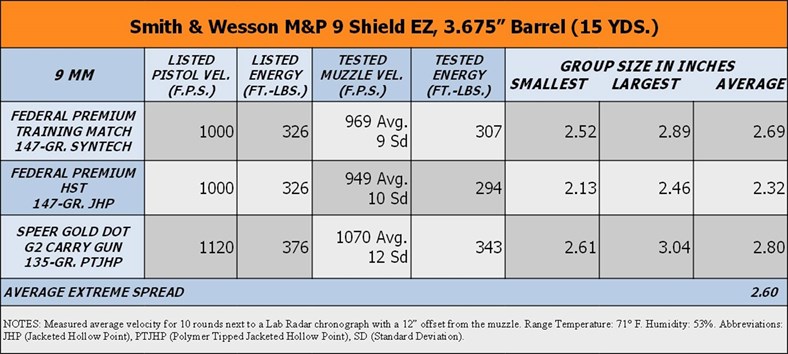
The title bar, located at the top of the table, lists the model of the handgun tested, the gun’s barrel length and the target distance in yards. The barrel length is important because it has a direct effect on both the metrics we’re looking for: bullet energy and accuracy. Longer barrels give the gun powder in the cartridge more time to burn and build up pressure. As a result, a bullet fired from a 6″ barrel is going to be traveling faster and have more energy when it leaves the gun than a bullet launched from a 2″ barrel.
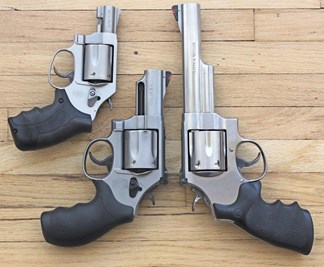
A longer barrel also has more time to stabilize the bullet. This will keep it on target at greater distances for improved accuracy. Short barrels are easier to carry concealed but come with the trade off of less accuracy at extended distances. So how far should the targets be from the muzzle of the gun for accuracy testing? I followed the NRA’s American Rifleman guidelines for the tables shown here. For handgun barrels 2″ or shorter, the test targets are set 7 yards away from the muzzle. For barrels between 2″ and 4″ in length, the target is moved out to 15 yards and if the barrel is 4″ or longer, the targets are pushed back to 25 yards.
Ammunition Information Column
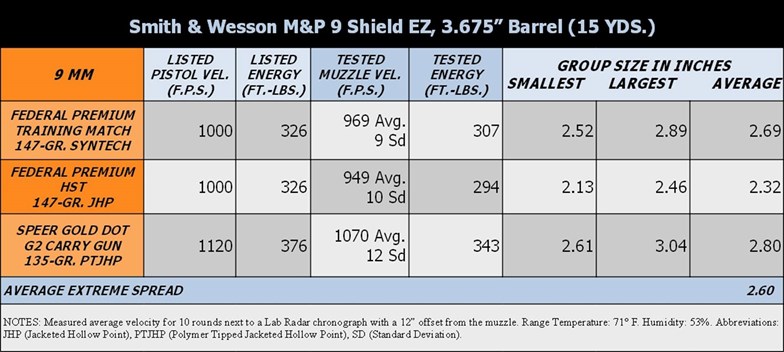
At the top of this column, on the left side of the table, is the caliber of ammunition the test gun fires. The three boxes below that Iist the brand (Speer Gold Dot), load name (G2 Carry Gun) bullet weight (135-GR.) and bullet type (PTJHP: Polymer Tipped Jacketed Hollow Point). The bullet’s weight is measured in grains, which are abbreviated -GR. It’s an archaic unit of mass based on, I kid you not, the weight of a single grain of barley. To bring it into a more modern perspective, 437.5-gr. equals one ounce.
The bullet weight is listed here because it plays a role in calculating how hard it will hit the target. There are quite a wide variety of different bullet types to choose from these days, but that’s a discussion for another article. Suffice it to say that the bullet-type abbreviations are spelled out in the Notes section of the table.
Understanding Bullet Energy
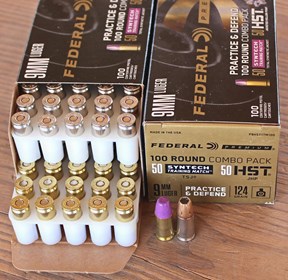
Calculating the amount of energy a bullet has just as it leaves a gun gives us a yard stick for how effective it’s going to be as a defensive tool, as well as what it’s going to feel like to shoot it. Additional tests and metrics are needed to fully quantify the ballistics of a bullet, meaning its flight path and what the bullet is likely to do when it strikes a target. But a bullet’s energy at the muzzle of the barrel is a good starting point.
Muzzle Energy Columns
Let’s talk about effectiveness first. The purpose of a defensive handgun is to stop a threat from harming us, whether it’s of the 4-legged or 2-legged variety. It does so with a transfer of kinetic energy (which is the energy of mass in motion) from the gun into the intended target via a fast moving bullet. As the bullet strikes, it transfers kinetic energy into the intended target, damaging it to some degree.
Just how much kinetic energy is produced at the muzzle of the gun, often shortened to just “muzzle energy” will play a role in how much damage it does. If the bullet strikes with too much energy, it could pass right through the threat (over penetration) and keep on going with the undesirable potential of striking an innocent bystander. But if the bullet’s energy is too low, it will not penetrate deeply enough into the target (under penetration) to effectively stop the threat. Determining the “just right” amount of muzzle energy for a defensive handgun continues to be a hotly debated topic.
In order to measure a bullet’s muzzle energy we’ll need to know the bullet’s mass and its velocity. As mentioned earlier, the mass is measured in grains (GR.) and is provided by the ammunition manufacturer.
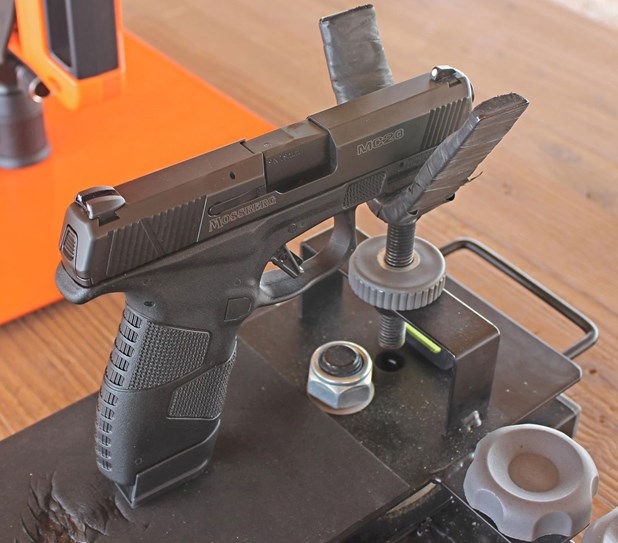
A bullet’s velocity is determined by firing shots across, or next to, the sensors of a chronograph placed close to the gun’s muzzle. The speed is shown here in the number of feet traveled in one second (F.P.S) while some charts will use meters per second (M.P.S). Some bullets will travel slightly faster while others will be a bit slower because no two powder charges are exactly alike. That’s why it is customary for reviewers to fire multiple rounds of ammunition from the same box and then average the velocity of those shots together for a final number. In this case, 10 consecutive shots were fired for each load tested.
The bullet’s mass (GR.) and average velocity (F.P.S.) is then pumped through a kinetic energy algorithm (like this one: Ek= 1/2mv2) to get the muzzle energy, which is measured in foot-pounds (FT-LBS.) This unit of measure represents the energy required to lift one pound of weight the distance of one foot. The larger the muzzle energy number, the harder the bullet will strike the target.
Felt Recoil
This brings us to how it’s going to feel to shoot the gun. As Newton stated in his Third Law of Motion, “For every action, there is an equal and opposite reaction.” This means that when a cartridge is fired, it generates pressure in two directions. The bullet is pressed forward out of the gun while the gun itself is pressed backwards into the shooter’s hands. That sharp jerk, or kick, is what we call recoil. And how that recoil is perceived by the shooter is called felt recoil. How much felt recoil is too much for comfort? It depends on the person pulling the trigger. But those loads with greater levels of muzzle energy are going to kick harder than those that produce less energy.
Listed vs. Tested Data Columns

The table shown here has two sets of muzzle energy information, Listed and Tested. The “Listed” columns incorporate the pistol-length barrel performance data published by the ammunition manufacturer. Companies test their ammunition in laboratory conditions in order to make sure that it is safe to use. Most writers don’t include this information in their tables, but I find it to be a useful reference point. The “Tested” columns are the results from shooting the test gun at the range with the three listed loads of ammunition. In less-than-ideal, real-world conditions in which the barrel of the gun may be shorter than the test barrel used in the laboratory, the Tested velocity and energy levels are usually lower than the Listed results.

The two Federal 9 mm loads shown in this table have the same bullet weights and listed performance data. The Syntec is a less expensive practice-grade load while the HST is a premium defensive hollow point. They are “ballistically matched” so that the practice grade ammunition will produce recoil and accuracy on par with the hollow point loads in order to save money when practicing at the range. Based on the averaged results, both loads are statistically similar enough to say that yes, they are ballistically matched as advertized.
Just below the 10-shot average velocity number in the Tested velocity column, there’s an additional number with the abbreviation Sd next to it, which stands for Standard Deviation. The short answer for Standard Deviation is that it measures the consistency of the ammunition’s velocity. A smaller Sd means that the 10 rounds fired across the chronograph aretraveling at similar velocities with a predictable level of felt recoil. As the Sd gets larger, it means some cartridges had more powerful powder charges than others causing the levels of felt recoil to go up and down. This can detract from good shot placement. The Sd numbers shown here are fairly low showing that all three 9 mm loads produced consistent energy levels.
Group Sizes Columns
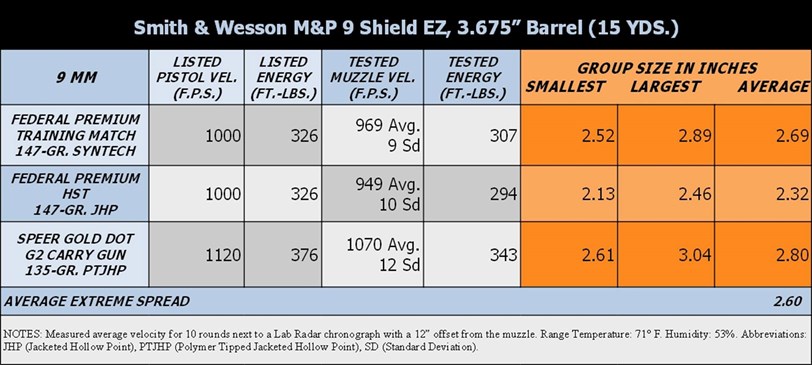
Understanding muzzle energy is all well and good, but not all that useful if you can’t hit what you’re aiming at. That’s what accuracy testing is all about. The most common approach is to fire a few shots in a row aimed at a particular location on a paper target. The bullet holes clustered together in that location are called a group. The distance between the two bullet holes that are the farthest apart from each other is measured in inches (or millimeters) and recorded. Firing just one group isn’t terribly scientific because groups tend to vary in size, just as the bullets tend to vary in velocity. In this case, a total of five groups of five shots each were fired from a seated position using a bench-rested handgun support to stabilize the pistol. Under the Group Size heading, the first column shows the smallest of the five groups followed by the largest group and the five-group average.
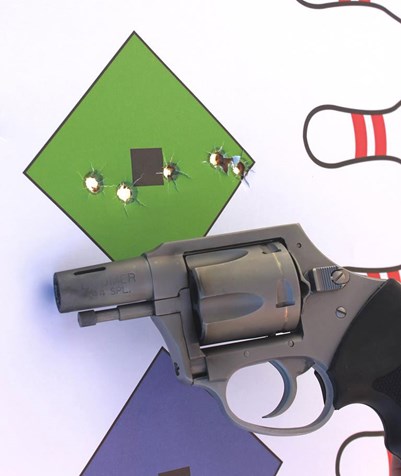
So what does good defensive handgun accuracy look like? There is no generally accepted industry-wide standard for acceptable accuracy but here is the rule-of-thumb that has served me well over the years. If a handgun, and the ammunition tested, can produce five shot group averages around 3″ to 3.5″ in size at a given target distance (7 yards, 15 yards or 25 yards), then the gun and ammunition are doing their jobs properly. If the groups are smaller than 3”, you’ve got yourself a winning combination.
However, if the groups are consistently larger than 3.5″, some adjustments are in order. There may be a mechanical problem with the gun, like a loose or crooked rear sight. The ammunition may be of a low quality or it’s a poor fit for the gun. If that’s the case, it should be traded out for a different brand or bullet weight. It may be that the shooter is trying to shoot past a reasonable distance for the gun’s barrel length, like shooting a tiny 2” barrel pocket pistol at 25 yards when 7- to 10 yards would be a better fit for the gun’s capabilities. Last, but certainly not least, it could be the shooter’s technique. Additional training and practice is often the key to getting groups down to the size they need to be.
Average Extreme Spread Bar

The Average Extreme Spread is a fancy name for a summary of the accuracy results. The three numbers in the Group Size Average column are averaged together to get the number you see, which in this case is 2.60″.
Notes Section
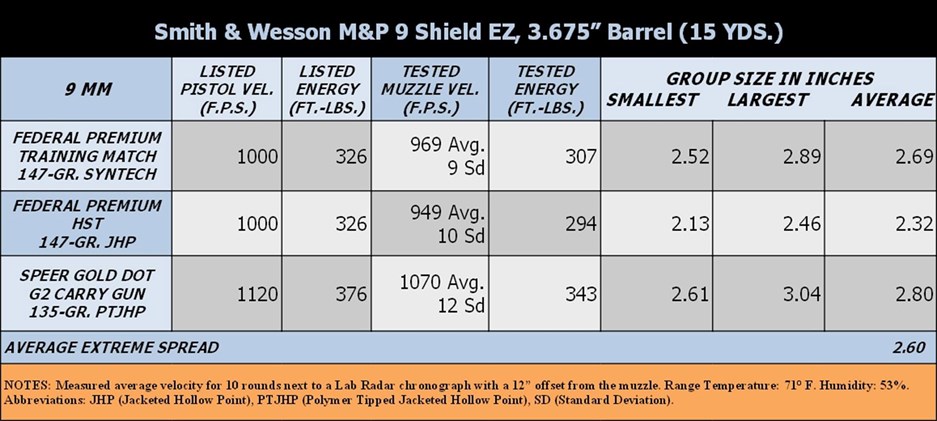
The information displayed at the bottom of the table is for the more detail oriented readers. It shows the type of chronograph used (Lab Radar), in addition to air temperature and the humidity levels since they can have an effect on the performance results. Finally, there’s a list of the bullet style abbreviations found in the far left column and a mention that Sd stands for Standard Deviation.
Putting Performance Tables to Work For You
Now that you know the purpose of performance tables and what the lingo means, how can they be useful to you? Much like a one-page resume or a quick snapshot, these tables won’t tell everything there is to know about a gun you’re investigating. But they do provide just enough information to see if you want to learn more about that gun or take it for a test drive. I’ve found performance tables to be especially handy when comparing two different guns or calibers to see which would be a better fit for my needs. Here are the performance tables for two concealed carry revolvers that I tested which are chambered in different calibers. To test your newly acquired skills, take a look and see how they compare for accuracy, muzzle energy and felt recoil.
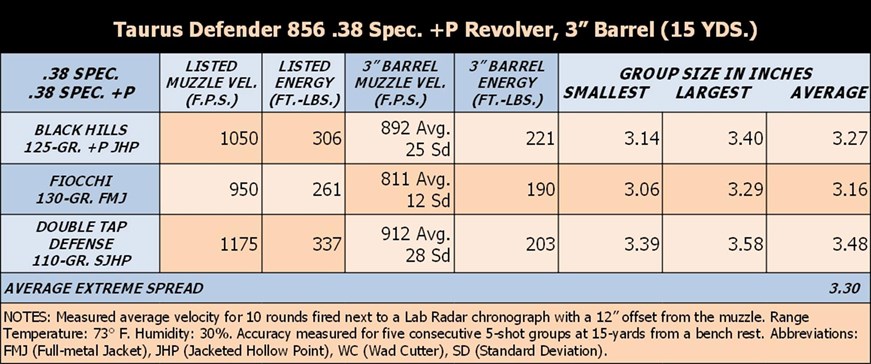
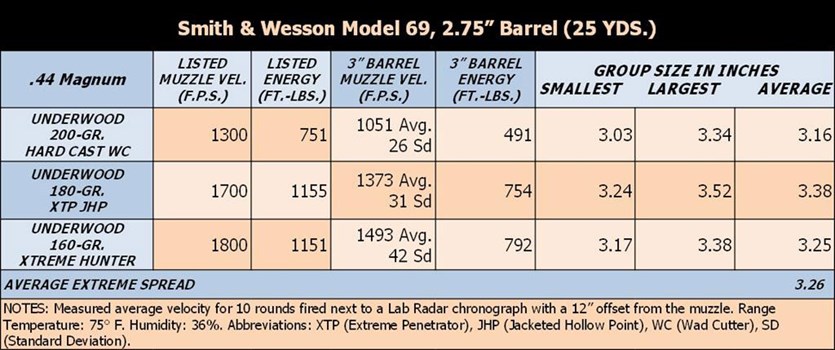
Authorities in California’s agricultural heartland weren’t looking for a military assault rifle when they went to investigate the domestic assault case, but they found one.
It was in the garage of a Spanish-tiled home in Fresno that police stumbled upon the AK-74. Its distinctively banana-shaped magazine — loaded with 20 rounds — was in a nearby storage container.
AK-74s are similar to their more famous cousin, the AK-47. Every two seconds, they shoot three bullets. Because of how rapidly they fire, civilians cannot legally possess them in the United States without a license.
The weapon recovered by chance in 2019 was stolen eight years before from Fort Irwin, a base in California’s Mojave Desert where many soldiers trained before tours in Iraq and Afghanistan.
The three thieves had base access because they were military police — the soldiers who’d get the call when there was a break-in. To get into the supply warehouse known as Building 934 they cut through a fence, forced open one door and cut through another to enter the arms storage room.
One of them was affiliated with the Fresno Bulldogs street gang. Sgt. John Rodriguez said in an internal interview that he had joined the gang as a fifth grader but was no longer active. That was March 2011 — four months before the heist of 26 AK-74s and a sniper rifle.
After the theft, Rodriguez and Pfc. Harvey DelValle II took off nearly 300 miles to Fresno to unload their haul. At the home of an associate, the two soldiers began calling potential buyers.
This was how the weapons of war made their way onto the streets of Fresno. The guns were among at least 1,900 U.S. military firearms that an Associated Press investigation found were lost or stolen over the last decade.
Authorities around Fresno recovered some of them quickly.
Less than two weeks after the theft, agents tracked one down in the detached garage where a Bulldogs member, Moses Zapien, lived with his girlfriend.
READ MORE:Sacramento Mayor Joins Group Pushing For Reparations For Black Communities As Country Celebrates Juneteenth As Federal HolidayThe gun was on a shelf above their bed. Someone had tried to scratch off the serial number. The magazine, with bullets, was inserted.
Zapien told authorities he’d bought it to protect his home for what he considered the bargain price of $200. The garage was in a neighborhood that a century ago housed a railroad depot boom town, but was now gang territory.
Zapien said that he understood the source of the weapon was a Bulldogs member who worked at a military base and was “putting one back on the street for work for the gang.” The gang started in prison and its members have been accused of running guns and drugs, and operating networks of human trafficking and prostitution.
Another six AK-74s reached gang hands through an extended negotiation, according to what Rodriguez’s associate, Nathan Granados, told federal investigators.
About a week after the theft, Rodriguez and Granados met in the back room of a tattoo shop with three gang members who’d arrived in a white BMW SUV. Rodriguez brought one of the AK-74s inside for show and tell.
The discussion was promising enough that the two groups reconnected later and continued to negotiate. Around midnight, they drove to a home for the exchange. Rodriguez went to the backyard cellar and retrieved six guns. The Bulldogs handed over $1,400 and the deal was done.
How many remain in gang hands is unclear. Some of the 26 stolen guns have surfaced by happenstance. In June 2012, an insurance adjuster found one inside a vehicle that had been repossessed from a felon.
The three soldiers were convicted in military courts and sentenced to between six and 20 years in prison. At least 14 civilians were charged.

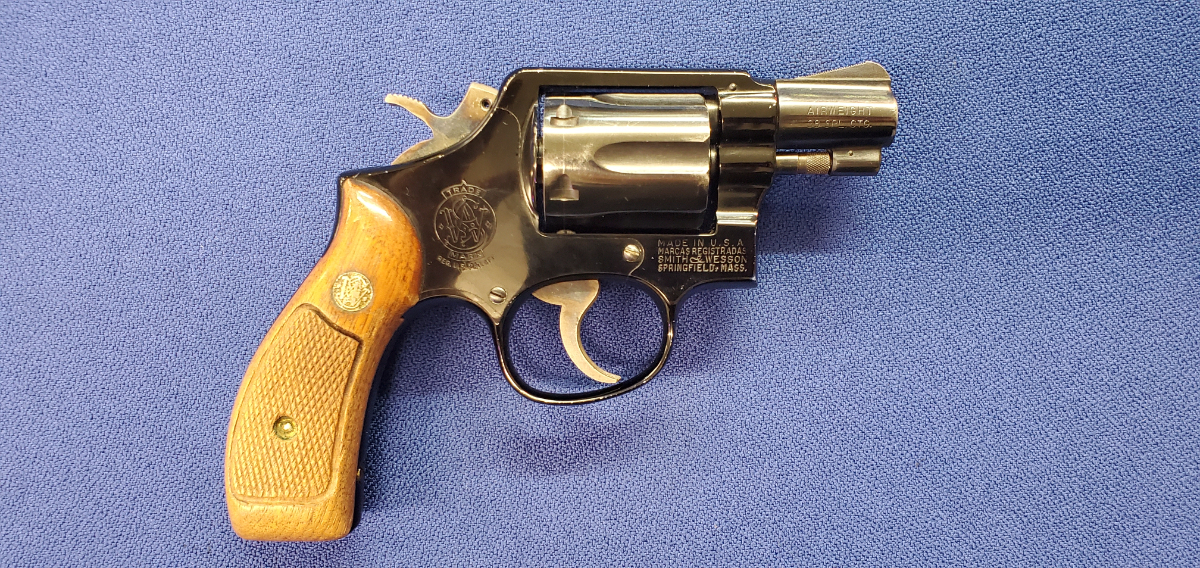
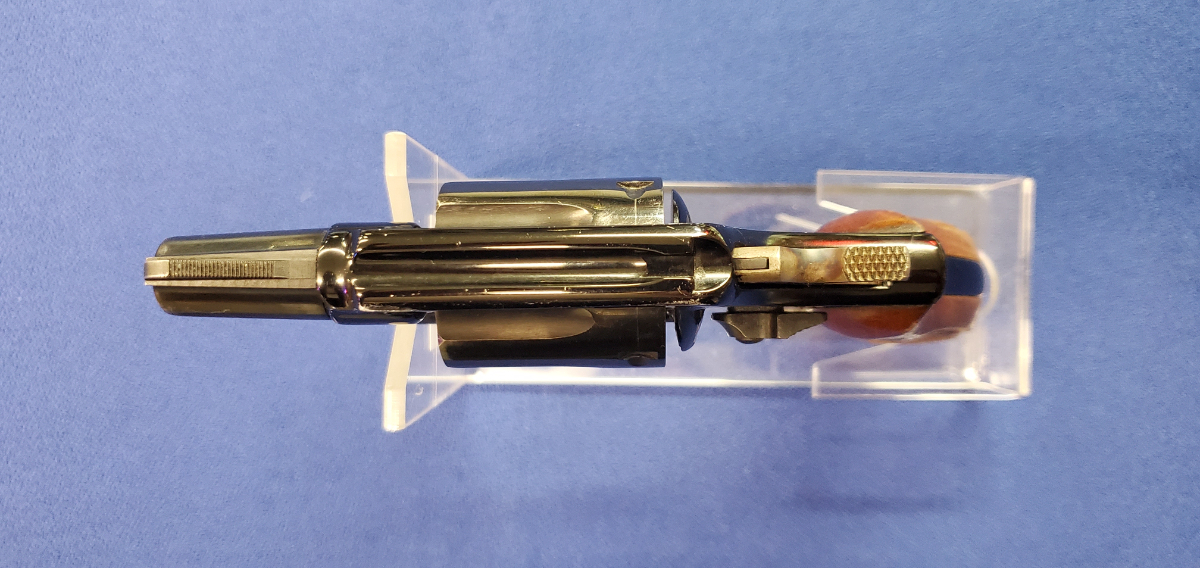
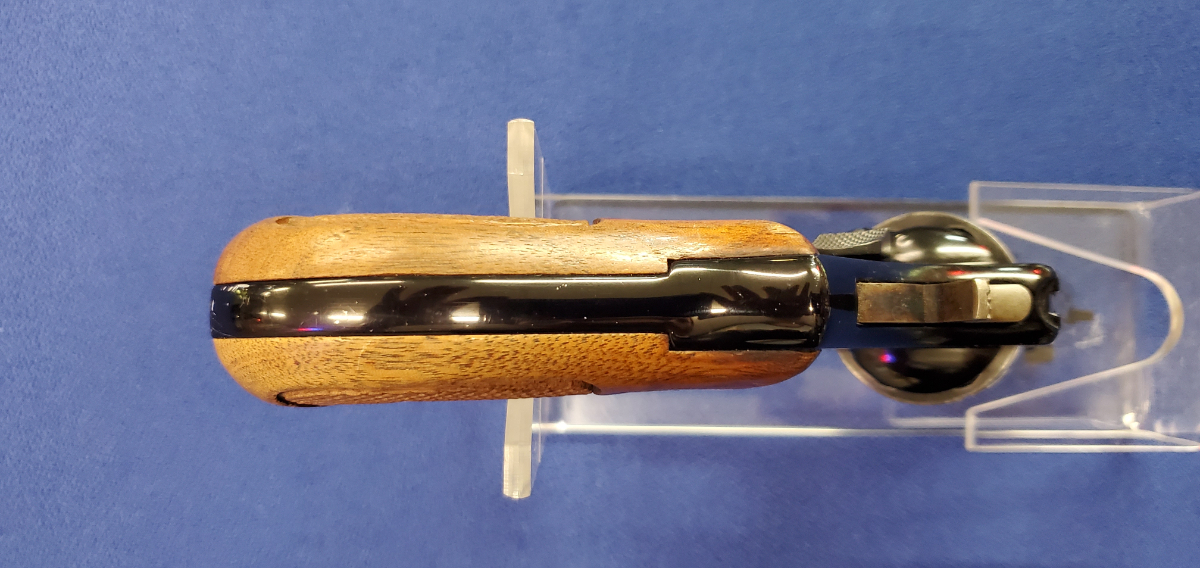
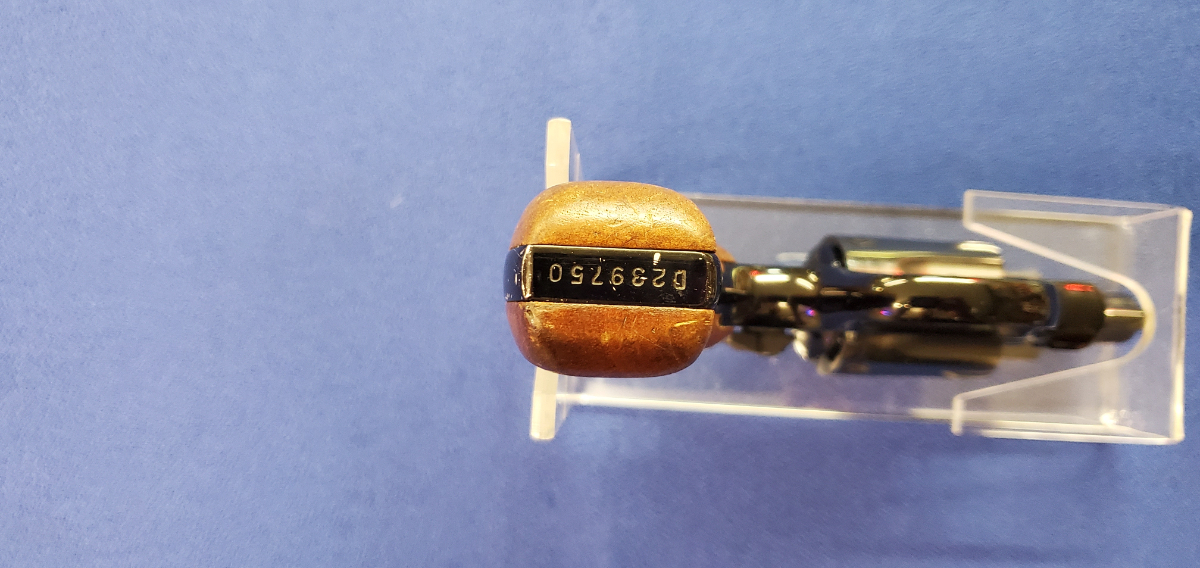
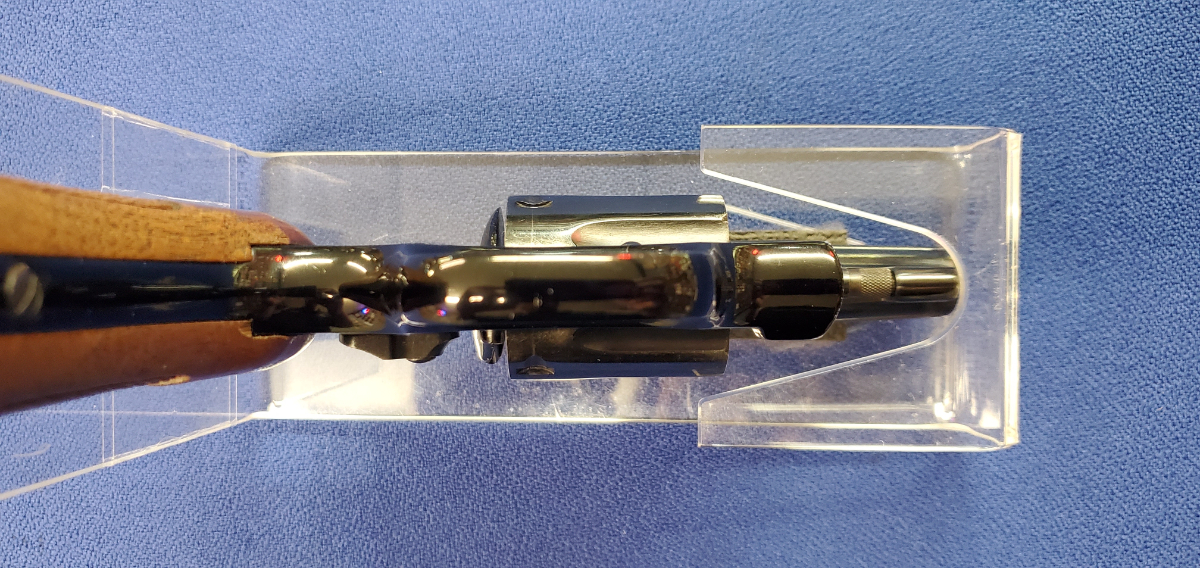
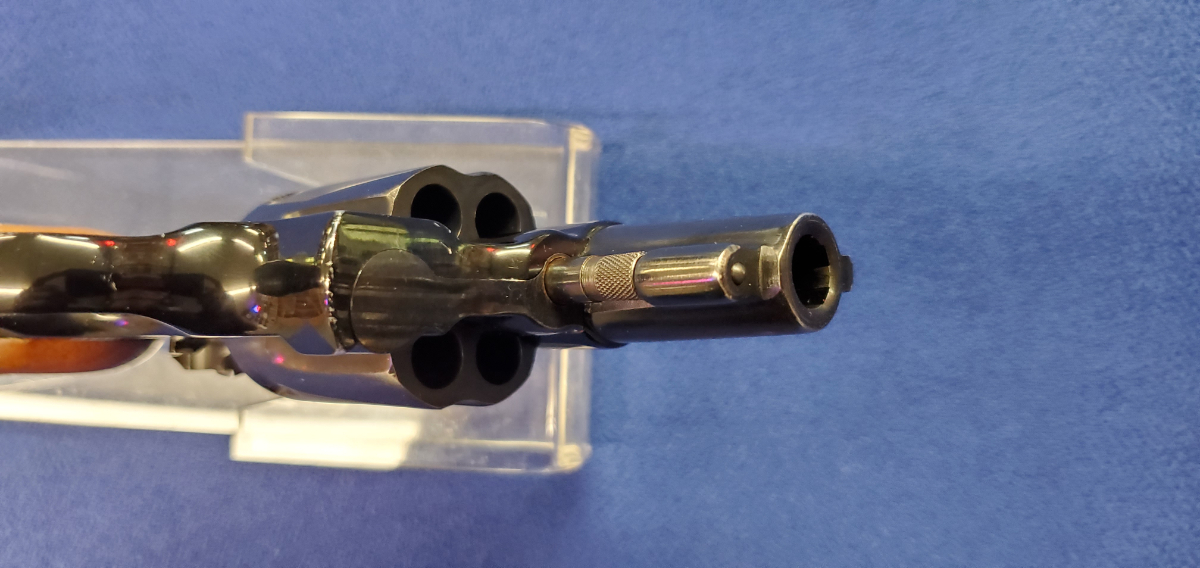
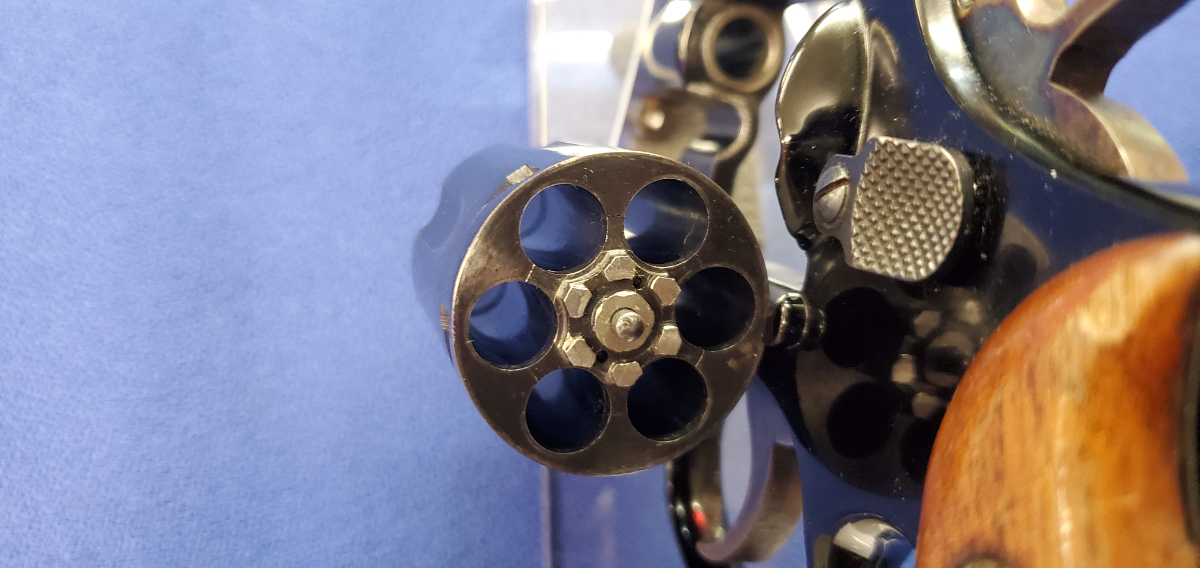
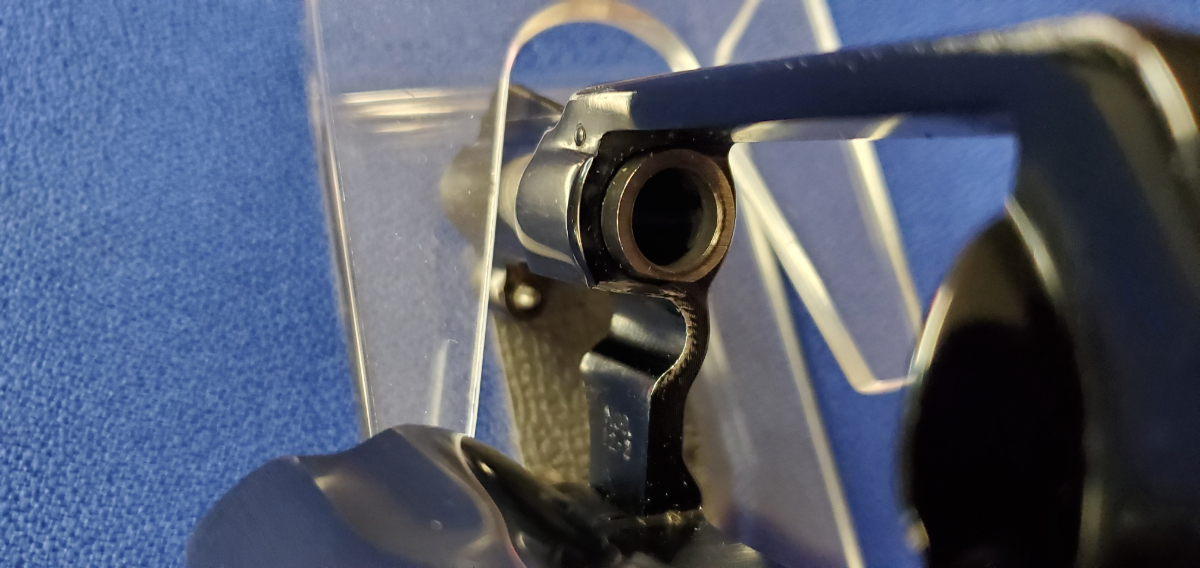
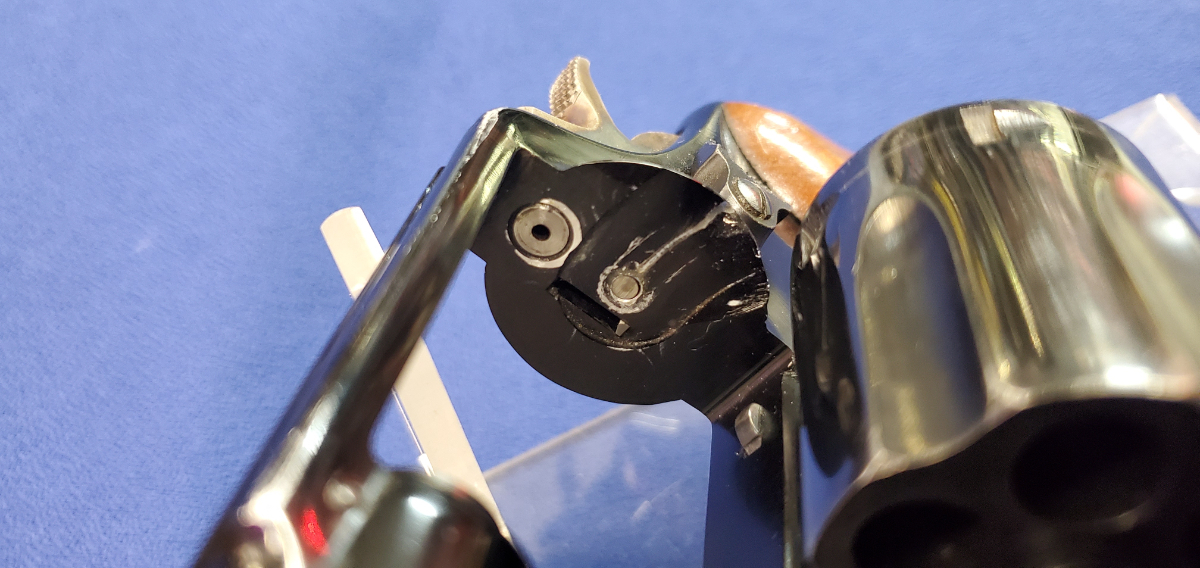










Soviet 122mm D30 Cannon (Firing)
